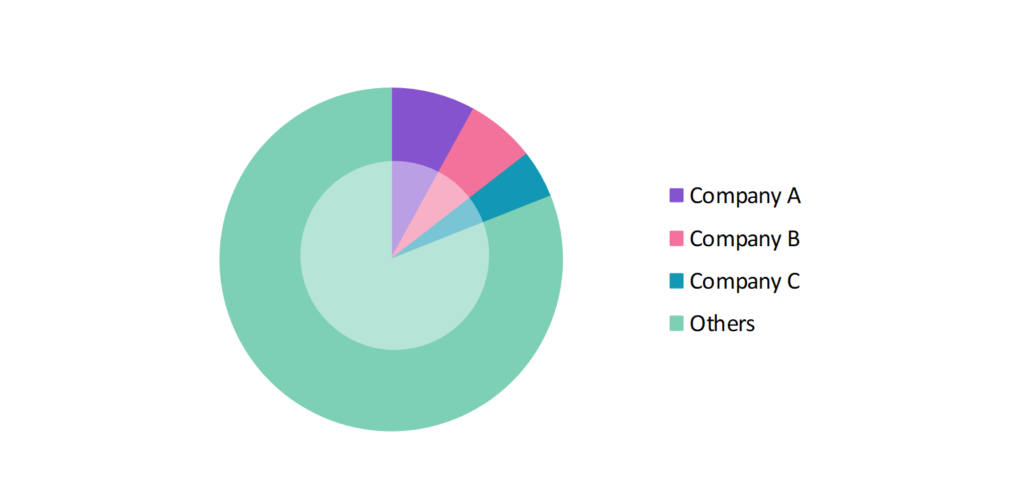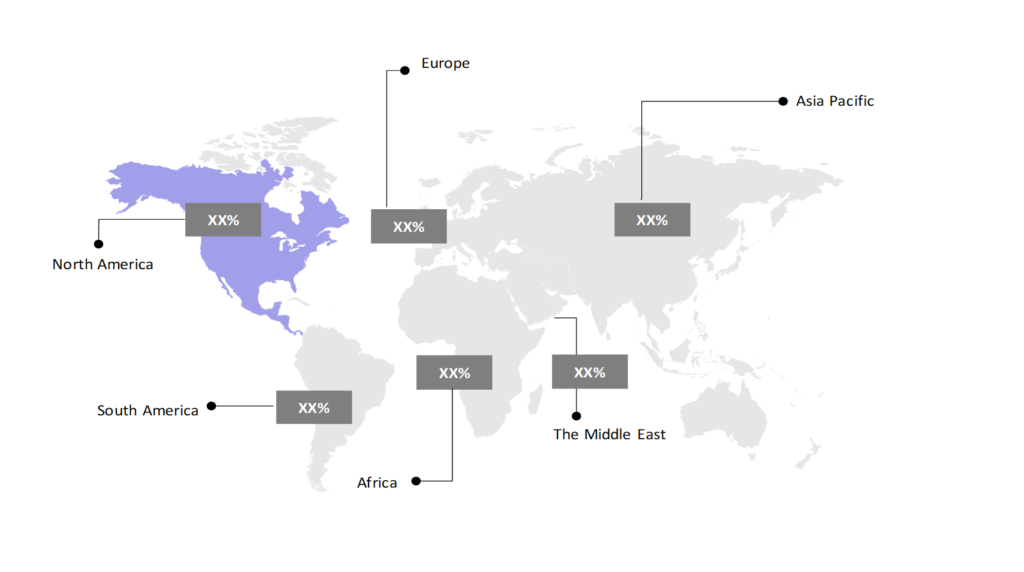Vitamin E Market Insights: Size, Share, Growth Analysis & Forecast (2024-2029)
The vitamin e market report offers a detailed analysis segmented by Product (Synthetic Vitamin E, Natural Vitamin E); by Application (Animal Nutrition, Human Nutrition/Dietary Supplements, Functional Food & Beverages, Cosmetics); by Geography (North America, South America, Asia Pacific, Europe, The Middle East & Africa).
Outlook

- The vitamin e market is estimated to be at USD 2,591.61 Mn in 2025 and is anticipated to reach USD 3,233.14 Mn in 2030.
- The vitamin e market is registering a CAGR of 4.52% during the forecast period 2025-2030.
- The global Vitamin E market has seen substantial growth due to increasing demand from industries such as dietary supplements, animal feed, cosmetics, and pharmaceuticals. Vitamin E’s antioxidant properties drive its popularity as an essential nutrient for immune function, skin health, and cellular protection.
Request a free sample.
Ecosystem

- The participants in the global vitamin E industry are always developing their strategies to preserve a competitive advantage.
- These companies primarily use acquisitions, investments, research & developments, partnerships, and technological launches.
- Several important entities in the vitamin E market include Vance Group; Prinova Group; Orochem Technologies Inc.; Wilmar International Ltd.; KLK Group; and others.
Ask for customization.
Findings
| Attributes | Values |
|---|---|
| Historical Period | 2019-2023 |
| Base Year | 2024 |
| Forecast Period | 2025-2030 |
| Market Size (2025) | USD 2,591.61 Mn |
| Market Size (2030) | USD 3,233.14 Mn |
| Growth Rate | 4.52% CAGR from 2025 to 2030 |
| Key Segments | Product (Synthetic Vitamin E, Natural Vitamin E); Application (Animal Nutrition, Human Nutrition/Dietary Supplements, Functional Food & Beverages, Cosmetics); Geography (North America, South America, Asia Pacific, Europe, The Middle East & Africa) |
| Key Vendors | Vance Group; Prinova Group; Orochem Technologies Inc.; Wilmar International Ltd.; KLK Group |
| Key Countries | The US; Canada; Mexico; Brazil; Argentina; China; India; Japan; The UK; Germany; France; Saudi Arabia; South Africa |
| Largest Market | North America |
Get a free quote.
Trends
- Advancements in Encapsulation Techniques for Enhanced Bioavailability: To enhance vitamin E’s bioavailability, companies emphasize advanced encapsulation techniques that improve absorption and effectiveness. Methods such as microencapsulation and liposomal delivery have gained popularity in recent formulations, ensuring that vitamin E maintains its potency until it reaches the bloodstream. In 2022, BASF developed a novel encapsulation technology that increased the effectiveness of Vitamin E in supplements and skincare products.
- Increased Focus on Natural Sources of Vitamin E: There is a growing shift towards natural vitamin E sources, such as sunflower, safflower, and palm oil, as consumers prioritize plant-based and organic supplements. The change for cleaner labels emphasizes this trend, and companies are actively reformulating products to include naturally derived vitamin E. In 2022, ADM introduced new natural vitamin E products in response to consumer demand for less-processed ingredients.
- Shift Toward Customizable and Functional Nutrition: Personalized nutrition is becoming a trend, with consumers seeking supplements tailored to specific health needs, such as heart health or immunity. Companies are developing vitamin E products combined with other nutrients in customizable formats, aligning with the broader shift toward functional nutrition.
Speak to analyst.
Catalysts
- Growth of Nutraceutical and Functional Food Industries: The rapid expansion of the nutraceutical sector is significantly boosting the demand for vitamin E as an essential ingredient in functional foods and beverages. This vitamin is valued not only for its antioxidant properties but also for its role in promoting skin health, enhancing immune function, and supporting cardiovascular wellness. As consumers increasingly seek products that offer health benefits beyond basic nutrition, manufacturers are incorporating vitamin E into a variety of formulations, from fortified snacks to health drinks, further fueling its popularity in the market.
- Rising Demand in Animal Nutrition: The increasing use of vitamin E in animal feed is a significant driver of market growth. It’s essential role in enhancing livestock health, particularly in the poultry and dairy sectors, boosts demand for improved immunity and reproductive performance. In 2022, companies like Cargill ramped production of vitamin E-enriched feed, reflecting the growing emphasis on sustainable animal nutrition and consumer demand for healthier food sources.
- Expansion of Cosmetics and Personal Care Industry: The growth of the cosmetics industry, particularly in emerging markets, is significantly increasing the demand for vitamin E as a key ingredient in creams, lotions, and serums. Valued for its antioxidant properties and skin-nourishing benefits, vitamin E is popular for promoting skin health and reducing signs of aging. As consumers become more conscious of effective skincare, the inclusion of vitamin E in cosmetic formulations is gaining traction, further boosting market growth in these regions.
Inquire before buying.
Restraints
- Environmental Concerns Over Synthetic Vitamin E: The production of synthetic vitamin E presents a significant market challenge due to environmental concerns associated with its chemical processes. Hazardous chemicals and waste generation harm ecosystems, prompting scrutiny from regulators and consumers. As demand for sustainable practices and plant-based alternatives rises, manufacturers face pressure to adopt greener methods, complicating production and potentially increasing costs.
- High Production Costs: The high cost of producing high-quality, natural vitamin E presents a significant market challenge, limiting its availability and affordability. Fluctuations in raw material prices, particularly for soybeans and sunflower oils, have increased production expenses, subsequently affecting end-product pricing for consumers. As manufacturers seek to balance quality and cost, consumers encounter higher prices for vitamin E-rich products, restricting access to particular market segments.
- Regulatory Standards and Compliance: The vitamin E market encounters stringent regulatory standards across various regions, especially concerning food and nutraceutical applications. In 2022, the European Food Safety Authority (EFSA) revised its guidelines on permissible vitamin E concentrations in supplements, posing challenges for manufacturers seeking market entry. These regulations necessitate increased compliance efforts and lead to higher production costs, which limit innovation and accessibility for smaller companies in the sector.
Personalize this research.
Hotspot

Explore purchase options.
Table of Contents
| 1. Introduction 1.1. Research Methodology 1.2. Scope of the Study 2. Market Overview / Executive Summary 2.1. Global Vitamin E Market (2019 – 2023) 2.2. Global Vitamin E Market (2024 – 2030) 3. Market Segmentation 3.1. Global Vitamin E Market by Product 3.1.1. Synthetic Vitamin E 3.1.2. Natural Vitamin E 3.2. Global Vitamin E Market by Application 3.2.1. Animal Nutrition 3.2.2. Human Nutrition/Dietary Supplements 3.2.3. Functional Food & Beverages 3.2.4. Cosmetics 4. Regional Segmentation 4.1. North America 4.1.1. The US 4.1.2. Canada 4.1.3. Mexico 4.2. South America 4.2.1. Brazil 4.2.2. Argentina 4.2.3. Rest of South America 4.3. Asia Pacific 4.3.1. China 4.3.2. India 4.3.3. Japan 4.3.4. Rest of Asia Pacific 4.4. Europe 4.4.1. The UK 4.4.2. Germany 4.4.3. France 4.4.4. Rest of Europe 4.5. The Middle East & Africa 4.5.1. South Africa 4.5.2. Saudi Arabia 4.5.3. Rest of the Middle East & Africa 5. Value Chain Analysis of the Global Vitamin E Market 6. Porter Five Forces Analysis 6.1. Threats of New Entrants 6.2. Threats of Substitutes 6.3. Bargaining Power of Buyers 6.4. Bargaining Power of Suppliers 6.5. Competition in the Industry 7. Trends, Drivers and Challenges Analysis 7.1. Market Trends 7.1.1. Market Trend 1 7.1.2. Market Trend 2 7.1.3. Market Trend 3 7.2. Market Drivers 7.2.1. Market Driver 1 7.2.2. Market Driver 2 7.2.3. Market Driver 3 7.3. Market Challenges 7.3.1. Market Challenge 1 7.3.2. Market Challenge 2 7.3.3. Market Challenge 3 8. Opportunities Analysis 8.1. Market Opportunity 1 8.2. Market Opportunity 2 8.3. Market Opportunity 3 9. Competitive Landscape 9.1. Vance Group 9.2. Prinova Group 9.3. Orochem Technologies Inc. 9.4. Wilmar International Ltd. 9.5. KLK Group 9.6. Company 6 9.7. Company 7 9.8. Company 8 9.9. Company 9 9.10. Company 10 |
Know the research methodology.
Vitamin E Market – FAQs
1. What is the current size of the vitamin E market?
Ans. In 2025, the vitamin E market size is USD 2,591.61 Mn.
2. Who are the major vendors in the vitamin E market?
Ans. The major vendors in the vitamin E market are Vance Group; Prinova Group; Orochem Technologies Inc.; Wilmar International Ltd.; KLK Group.
3. Which segments are covered under the vitamin E market segments analysis?
Ans. The vitamin E market report offers in-depth insights into Product, Application, and Geography.
